Mint has long been recognized as a miraculous plant around the world. An unusually pleasant, refreshing aroma and spicy taste made mint popular in many regions of Europe, America and Asia. Its feature is the versatility of use in cooking, cosmetology, medicine, liquor-vodka, tobacco industry and other areas. The beneficial properties of essential oils, biologically active compounds and other nutrients contained in mint are unique and cannot but surprise.
This long-term grass has spread in most countries of the world with a temperate climate. A rather unpretentious plant, mint is easily multiplied and grown at home. This does not require special skills, the process will master any gardener amateur. But the resulting result on the garden or in a flower pot will deliver a lot of pleasure. Tea with mint, toning drinks, meat and fish dishes, cosmetic lotions and rinsers, medicinal bums and decoctions, homemade mint soap, is a small list of applying fragrant green mint leaves at home.
How to grow and collect mint? What to ensure care for its optimal growth and development? Where can I apply mint? All these and many other questions will be answered in the following article.
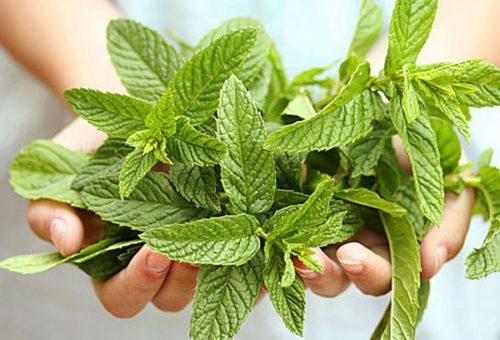
Mint, plant description
Mint - a representative of a perennial grassy plant of a family of clarotonic. The distribution area is quite wide worldwide. Famous since the ancient times of grass, named after the goddess of Mount Ment, which Persephone from jealousy to his spouse turned into a fragrant plant - mint.
This is a perennial plant, fairly hardy, moisture and light-lubricate with a powerful root system. The height of the bushes varies from 30 cm to 1 meter, depending on the type of mint and grastation conditions.
The plant has a four-mohed, hollow, branchy and leafy stem.
The leaves of the oblong ovoid shape, along the edge - ominous, are able to accumulate essential oil in special glands.
Rhizome in the plant is strongly branched, with nodes, of which additional shoots and roots are formed. Kidney root has a slight rest period and begin to germinate already at zero temperatures. This feature is one of the causes of the death of the roots in the winter with long-term thaws, replacing resistant frosts.
Flowers small, light lilac color, collected in the inflorescence of the spike. Flowers mint from late June to September. The fetus consists of four nuts, but is extremely rare.
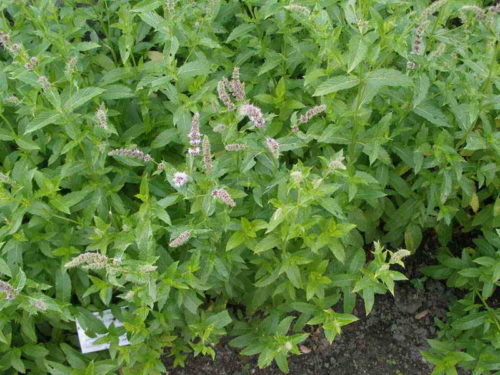
Mint contains essential oil with a content of menthol, fellandine, pineda, empty and other valuable organic compounds. Mint leaves are rich in ascorbic acid (up to 25 mg / 100g), caromethine (12 mg / 100g) and routine (13.8 mg / 100 g), contain trace elements, tanning substances, flavonoids other biologically active substances.
The mint has about 25 species and more than 10 natural hybrids. All species have a strong pleasant aroma, and most contain an organic matter - menthol with a characteristic refreshing and cooling effect. Different types of mint are characterized by aroma and taste, which is due to the difference in their chemical composition.

Mint types
The most popular and common types of mint:
-
Peppermint
It is considered the most famous and recognized view of mint. This cultural plant is obtained by hybridization of two wild mint species: water and garden. Perennial, from the Latin name Mentha Piperita, contains a large number of essential oils and menthol. Thanks to a specific, slightly burning and cooling taste, the mint was called "List". She is also called "English", since it was bred in England in the XVI century.
Mint leaves bright green color, roots lie in the soil at a depth of about 15 cm. Flowers Plant Almost all summer with small lilac colors. It is breeding vegetative: areas of rhizomes or cuttings with several interstices.
The plant is widely used in a pharmaceutical, chemical, perfume and food industry. It is considered a valuable honeycomb and phytoncide.
The peppermint occurs interesting varieties: lemon - with lemon aroma, Turing - with a strong menthole smell.
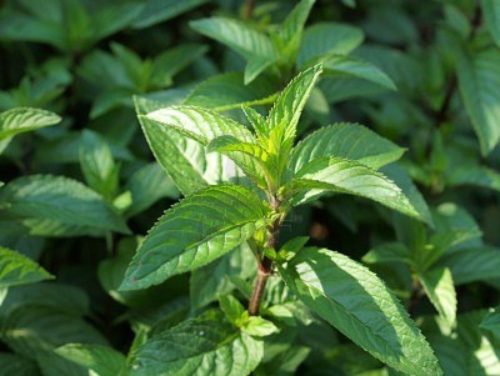
-
Mint field
Mentha Arvensis - mint field - wild look, widespread in forests and forest stations throughout Europe. The variety is known since the times of Kievan Rus, where it was used as a spice and medicinal product. In common, it was often called: "Dog Mint", "deaf mint", "horse mint". The moisture-loving plant prefers the place of growth near the reservoirs, rivers or lakes. In height, the perennial reaches an average of up to 50 cm, although there are copies that have grown in favorable conditions up to 1 meter. Stem straight, branched, sown. Fresh leaves contain ascorbic acid, carotene, flavonoids, tanning substances, organic acids. The variety is rather frost-resistant and can be cultivated on the household plot.
Field mint has found its application in the food industry as seasonings for the preparation of a variety of dishes. Fresh and dried mint leaves brewed like tea or other tonic drinks are prepared.
Due to medicinal properties, mint is used as an painful and anti-inflammatory agent.
Essential oil is used in perfumes for making an exhaust in the manufacture of toothpastes, powders, essences, elixirs, toilet water.
One of the varieties of field mint - Japanese mint, is massively cultivated in Japan, India, China, in Latin America. It is valued due to high content (up to 90%) in Menthol essential oil.
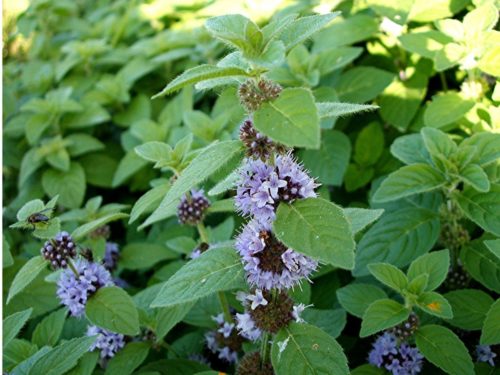
-
Mint watering
The moisture-loving plant, which in nature, mainly occurs near the reservoirs and therefore received the appropriate name. Mentha Aquatica, water mint, has sharpening stems, moving in a reprehension and branching shoots. The variety is considered a valuable cultivated plant.
Possessing a saturated pleasant aroma, widely used in the perfumery industry.
Like any kind of mint, is used as an aroma in the preparation of a variety of dishes and drinks.
One of the varieties is a burgundy mint, has a pleasant lemon or orange smell. In addition, it receives valuable burgunduous oil from it.
This type of mint is widely used by breeders to remove new varieties.
-
Mint lengthy
Mint name, Mentha Longifolia , it is characterized by the presence of long (up to 20 cm) of oblong-egg-shaped leaves. Tall perennial with a reprehensive and branched stem, completely sowned by soft grayish hairs.
The view is winter-hardy, unpretentious and drought-resistant. Prefers outdoor solar sections, can multiply seeds.
Mint collection is carried out in the period preceding mass flowering, cutting a stem at an altitude of 10 cm from the soil level. After cleaning, this kind of mint is perfectly growing and gives a second harvest.
Mint is long-willed widespread in the wild throughout Europe and Asia.
Possessing a pleasant tender smell, mint found its use in the food, liquor-vodka and perfumery industry. It is also used in the process of manufacturing soap and toothpaste.
In folk medicine, mint is used as a soothing, antiseptic, anticonvulsant, painful, coil and expectorant, as well as to improve the process of digestion. With diathesis and rickets, children are prescribed baths from brave mint.
Being a good honey, provides a collection of honey to 300 kg / ha.
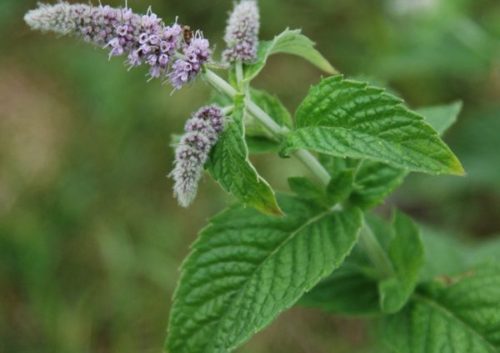
-
Mint curls
Perennial grass with oval leaves ending with the wavy curly edge, Mentha Crispa, is also called a curly, garden or German mint. This is a prefabricular cultural view, hybrid origin. Differs from other species with a sharp smell. The content of a large number of essential oil, provides curly mint, leading positions in food, liquor-vodka, perfume and tobacco (tobacco flavoring) industry.
-
Mint flea
Received its unusual name (Mentha Pulegium) due to its use as a means against fleas. The view is widespread throughout Europe, Asia and America, is known for a long time. The low-speed, thumping plant with branched and lying stems does not tolerate frosts and needs additional shelter for the winter. Mint multiplies with seeds, sowned annually.
The flea mint essential oil contains from 75 to 90% of the empty-organic compound, which is a common component of essential oil, as well as menthol, lemon, decent. This type of mint with a rich aroma and taste is popular in cooking and when preparing many dishes, especially meat.
-
Mint Apple
It has a gentle, pleasant and unobtrusive mint taste with an apple or a pineapple tint. Mentha Rotundifolia is a long-term hybrid that achieves in a height of about 50 cm. A sufficiently resistant to cold look, although inferior in this peppermint. Thanks to taste and fine aroma, mint is very popular among the cooks of the whole world. It does not care and does not give a cooling effect than polarly different from other types of mint.
-
Mint flask
Type of hybrid origin, Mentha Spicata, is very similar to curly mint. The height reaches an average of 60-100 cm, covered with curly, wavy with a purple tint, leaves. Pink flowers are collected in false mutations, forming spikelets on the tops of the shoots. Unlike peppermint, perfectly multiplied with seeds.
One of the oldest spicy plants, in Europe the view is popular and until now. In Russia, it has long been added to this mint in Kvass, and in America its leaves are indispensable when cooking chewing gum. Thanks to a beautiful aesthetic form, mint twigs are often used to decorate dishes.
-
Mint fragrant
A perennial plant (Mentha suaveolens,) is capable of active and rapid growth. A distinctive feature of the species is the presence of small and wrinkled leaves with a white cantic along the edge of the sheet plate. The aroma of fragrant mint resembles an unusual and exotic smell of pineapple, so it is often called "pineapple mint". Moreover, than younger than the plant, the stronger the pineapple fragrance, and the older is becoming a more pronounced typical mint smell. The plant is low (up to 30 cm), can multiply seeds, winter-resistant.
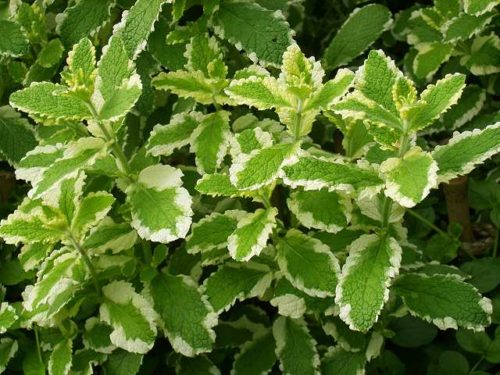
There is still a sufficiently large number of mint species with different shades of pleasant, thin flavors and unusual taste: chocolate, ginger, banana, apples, orange, pineapple, currant and mixed compositions. For successful cultivation, it is important to know the features of breeding and care.
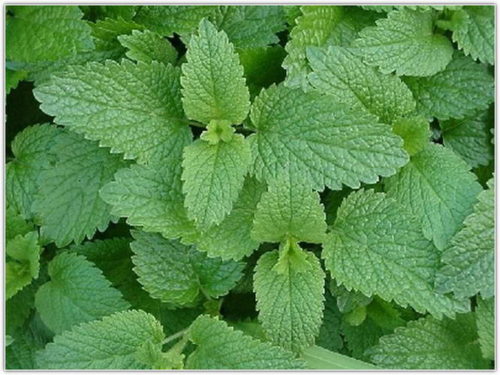
Mint reproduction
Mint multiplies in two ways: seeds and vegetatively.
Seed method of reproduction of mint
How to grow mint from seeds? The seed method of growing mint is quite popular and simple among experienced gardeners, however, is not applicable for all types of mint.
- Acquire seeds in a specialized store, more often choose such varieties as a pepper or lemon mint. These species have a pronounced taste and aroma, while do not need any special care.
- Seed seeds in the open ground and in the pot. Mint seeds are pretty small, which causes certain inconvenience when sowing them. Recommend them to slightly push into the soil, sprinkling a slightly compost or land.
- Seeds are sown to a depth of about 0.5 cm in the soil. It is important to provide good lighting and optimally favorable temperature to germinate mint seeds - 20-25 ° C. For this, in addition, it is possible to cover the container with the seeds of the food film and, periodically, to exhibit in the sun. Also, several times a day, you need to transfer the film to ventilate, in order to avoid hearing seeds.
- Watering the planted seeds is better than the sprayer, so as not to disrupt the location of the seed and prevent the moisture stagnation.
- If all the conditions are met, the first shoots begin to appear in 2-3 weeks.
- When seedlings grow up, it is transplanted into large pots (with a diameter of at least 8 cm) and put in cooler conditions, for gradual acclimatization of the plant to external conditions. After 7 - 10 days you can start landing mint outdoors.
A plant grown from seeds is growing and develops slower than with a vegetative breeding method. On the other hand, stems and leaves of mint grown in a seed way, for a long time (as long as the mint is gaining in growth) remain gentle, thin and not coating.
With seed reproduction, there are also risks of transferaging when an adult plant will differ from the originally selected variety of mint, especially if it is a hybrid.
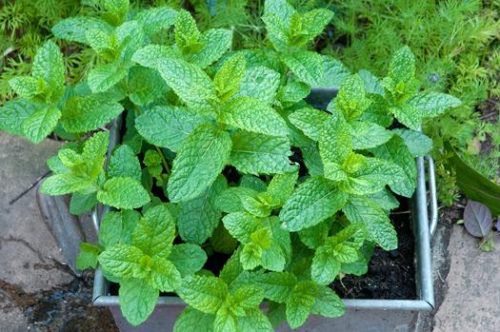
Vegetative reproduction of mint
- Practice reproduction of mint with root cuttings, on which at least 1 kidney and at least 3-5 appeared leaves appear. This method provides the full transmission of the hereditary properties of the variety. The separated root cuttings are simply reproduced in the well (rows) in a new place, providing moderate watering, sufficient light and air temperature about + 5-10 ° C and higher.
- For reproduction of mint, use and stalks stem plants. In the spring, it is cut off a twig of about 7-10 cm with interstilia and put it into the water or in a wet vita-gauze gasket into a warm, bright place. Capturing cuttings in moistened sand is also practiced. With the appearance of white roots, they continue to keep cuttings in the water for several more days until the roots are increased in size up to 8-10 mm. Then planted in the prepared place.
- Reproduction of mint maybe with a simple bust divisionsWhen the dug plant is divided into several full-fledged individual parts, after which they are planted into the soil. It is important to track the presence of full-fledged kidney or several shoots with roots. When planning a child bustle, it is better to cut it overhead part of about five centimeters from the ground so that it is better to root.
Already in two weeks, gentle green young leaves will appear on landed plants. This means that the plant has taken place and it can be further contacted (1 - 2 grams of urea per 1 liter of water).
The vegetative reproduction method contributes to the rapid and active growing plant, although the stems will not be so gentle as young shoots from the seed.

Landing mint: agrotechnics and necessary conditions
Preparation of landing space
- Before planting mint, you need to decide on the landing site: be something a flower pot or outdoor ground.
- Mint - Plant, demanding good lighting, moderate humidity and high quality soil. It is also better to avoid drafts and choose a place protected from winds.
- Plant prefers fertile and loose priming. The most optimal is the fertile black soil in the floodplain of the reservoir. But the heavy clay soil, with constant moisture stagnation, will be not suitable for growing mint. Lime soils also adversely affect the intensity of mint aroma.
- It is possible to plant mint to open areas in spring, summer and autumn. In the area with cold winters, mint is planted in the spring (April-May) so that its kidneys that germinate at 2-3 ° C are not damaged by frosts. In the southern strip, on the contrary, they recommend the autumn fit.
- When choosing a place for landing, it is important to take into account the degree of growing of mint, which may well suppress other cultural plants.
- So, choosing an open solar piece of mint landing, it is necessary to clean it from weeding grass, explode and make, if necessary, organic (for 1 m² 3 kg. Humidity) and mineral fertilizers (superphosphate, ammonium nitrate and potassium chloride 15 grams of 1 m² ). For the prevention or destruction of pests, the ground is preliminarily watered by a solution of manganese.
- The best predecessors of mint will be vegetable crops, legumes, perennial herbs, fertilizable, at one time, organic (manure, compost).
Technology landing mint in pots
- A ready -ched seedling seedling is planted in a pot or grown directly from seeds. It is easier to plant meat prepared in advance. Landing is carried out in spring or autumn.
- At the bottom of the flower pot laying a layer of drainage, preventing roots from the re-fulfillment of moisture. As for any other flower plant, at the bottom of the pot there are holes, through which an extra moisture will be fluffing into the pallet.
- It should be noted that clay pots contribute to a faster soil drying. And in winter, in a heated room, dry air will be even more overwhelming the soil in the pot. Therefore, most often, for planting mint, plastic pots or containers are used. Diameter The pot must be at least 30 cm, taking into account the subsequent growth of the plant.
- Growing mint at home, it is necessary to monitor the temperature regime in the room. Light, warm place will be favorably on the growth and development of perennial. If there is too cold near the window, you need to find more suitable and comfortable for mint, place.
- In conditions of dryness, the mint "will become" wet "soul" from the sprayer. But with a lack of light, the content of essential oils in the leaves of mint decreases, the fragrance weakens and stalks, pulling out, can even die.
- The soil for the pots should be selected fertile, it is possible to combine soil with a fertile compost. Also perfectly suitable mixtures based on peat. Fill in a third pot prepared by the mixture, put a seedling in a pot and pour the remaining land mixture. To support the planted process, you can use special floral backups.
- With a seed method, after the appearance of thick sprouts, some of them can be moved to another container. However, when plant extraction should be extremely neat, as the young mint root system is still very gentle.
Growing mint potted method, more often still use seeds. Thus, the windowsill will appear, and will delight all year round, young and fresh shoots of fragrant mint.
Mint is coming out very well and at home can be grown throughout the year. In the summer, the pots are better to put on the balcony, avoiding the ingress of straight burning sunlight. In winter, the pots are spectacularly looking at a well-lit window sill.
For culinary purposes, it is more common to choose mint curly, due to the lack of cold mentholic taste in it, as in the pepper mint.
Apple mint possessing a gentle taste and aroma, when heated does not give the taste of bitterness, so it is added to compote, jam and kissel.
Field mint is an excellent aromograph in toning drinks.
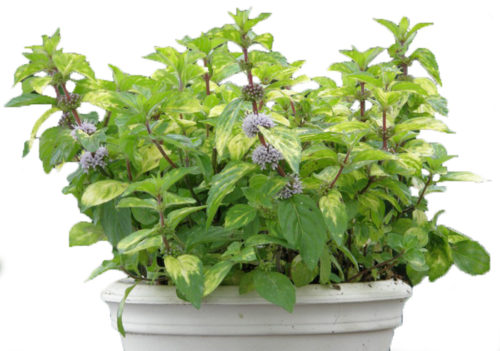
Technology landing mint in open ground
- The planting technology of mints on the household plot does not differ in many ways from growing it on the windowsill. Prepare the soil accordingly, as described above, you can start directly to landing.
- Mint is planted in a furrow, a depth of up to 10 cm, withsting the distance between the rows of at least 40 cm, and between the plants in a row about 30-40 cm. After the grinding of earth process, the beds need to be poured with water.
- In order for the plant better to close, at an altitude of about 20-25 cm, the upper parts of the shoots are plugged. Constantly removing mint flowers, you can ensure the maximum growth of the leaves in order to subsequently collect them.
In one place, the mint is grown from 3 to 5 years, then, in order to improve and rejuvenate the plant, it is better to change the bed.
It is intended to grow mint on a homeland plot, you need to remember its ability to actively grow. The creeping rhizomes is pretty quickly and aggressively occupy new spaces around. In order to avoid such growth, it is possible to initially protect its root system, burned to the depth of the root of the root limit strips from iron, plastics or slate.
Mint is a relatively unpretentious plant, growing and breeding independently on garden garden.
- When landing and care for mint, it should be borne in mind that this perennial is a moisture and light and light-affiliated plant. Watering is needed moderate, not allowing the convergence and drought.
- Caring for the plant, just pouring a bed from weeds, loosen the soil and water as needed. The soil should be mild and crumbly.
- For greater green mass, in spring, as shoots are growing, it is recommended to carry out a strong trimming - the mint will be better busy.
- Spring feeding with complex fertilizers (humus, nitroophosphoric mineral feeding, potash salt) will only improve the growth and development of the plant.
- Mint will be able to optimally grow on a sufficient and subtle soil with sufficient content of humus and moisture. The plant does not endure wetlands.
- In the conditions of frosty and low-level winters, you can cover the mint with dry foliage, sawdust or pavement with a layer of 15-20 cm. Such events will prevent the freezing of the plant.
Room CareIt differs depending on the time of year.
- In the summer, the pots with mint are exposed to the balcony, providing in sufficient sunlight (avoiding direct sunlight) and systematic moisture. Watering better water temperature, periodically spray leaves from the sprayer. During this period, you can finish with urea mint once (1 g / 1l water).
- In winter, it is important to prevent the convergence of plants, excessive cooling and drafts. During this period, plant growth slows down, the smell weakens. Therefore, the pots are better to rearrange on the southern windows.
- After 2-3 years, you need to send a bush of mint, as the roots grow strongly and it becomes closely in a flower pot.
Fighting diseases and pests - An integral part of the departure of mint, in case of its infection.
- Web tick, root weevil, wave, whitefly and slippers, is a small list of pests that can spoil or destroy a mint plant.
- For disease prevention, air circulation and soil drainage should be ensured.
- In case of detection of harmful insects on the plant, if possible, it is necessary to remove them and treat plants protection tools. When processing mint, pay attention to the deadlines (indicated on the medicine), in which it will be possible to collect an environmentally friendly crop of mint, after it spraying insecticide.
- Under the damage to the mint with a torment, the plantation is cut and sprayed with 1.5% colloidal sulfur solution with the addition of 40 g of liquid (potash) or green soap.
- Plants infected with rust (red spots on the bottom of the sheet) are to be deleted.
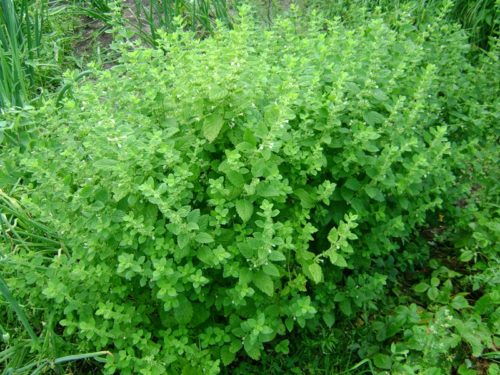
Mint Collection and Storage
The leaves for drying are collected in the first year of plant growth. It is necessary to collect them before the period of blossoms of mint, when the maximum amount of useful substances and essential oil accumulates in them. Dry leaves in the shade, for better conservation of flavor and taste. It is necessary to store them in a dry, dark and cool place (for example, in a closed jar or paper package). The leaves are retained integer or rub into powder, you can also dry mint and whole branches.
Fresh, green shoots can be stored for a while and in the fridge on a wet marla or fabric.

Mint Application:
Food supplement
Mint as fragrant seasoning is added to meat, fish, sweet dishes, salads and drinks (tea, lemonade). Majal chewing gum, sweets and other pastries make pleasant, mint chewing gums, candy and other confectionery. Mint is also used as a fragrance in liqueurs, domestic tinctures, vodka.
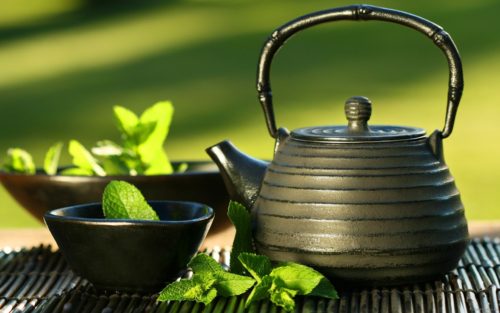
Medicine
A toning, soothing agent capable of stimulating the brain and remove the nervous tension. Eliminates the unpleasant smell of mouth, restores healthy sleep. Mint is long-grained with gastric diseases, jaundice, water and cold, colic in the abdomen, nausea, vomiting, heart disease. Outward influence of this type of mint is used with ulcers in the oral cavity and stomatitis, pain in the ears, nurseries, for rinsing the throat with angina. The painkillers and antiseptic properties of the plant are known, mint essential oil removes vessels, headache and successfully fighting cold. Eye compresses with decoction of mint will be useful to people who spend a lot of time in front of the computer. Mint oil - anthelmintic. Widely used in the pharmaceutical industry.
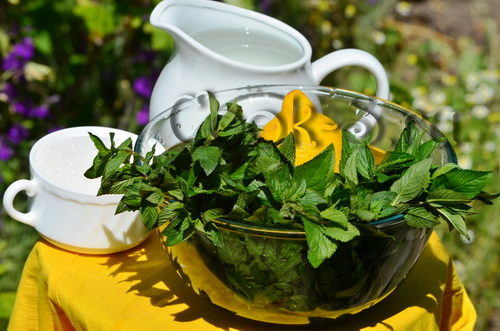
Perfumery
Mint's essential oil is added in the manufacture of spirits, in the process of soaping and cooking toothpastes, shampoos, creams and powders. Moreover, in the manufacture of, for example, toothpaste, not only the refreshing properties of mint, and its disinfecting qualities are used. To the flavoring of tobacco also use mint (menthol).
Cosmetology
Minty oil is obtained from mint, widely used in cosmetology. Aromatic baths, creams and cosmetic ointments are widely popular.
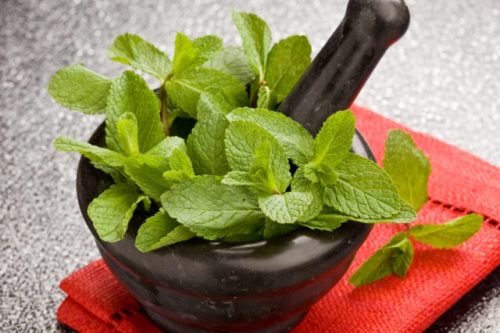
Medonos.
Mint is appreciated as an excellent honey, attracting bees. Mint honey is healing and distinguished by a special aroma, color and taste.
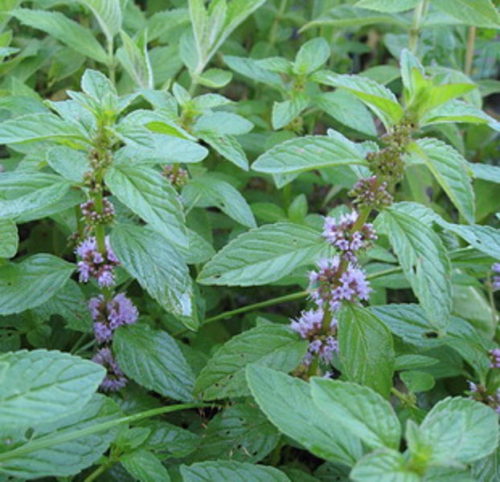
Almost all types of mint are used by man. The variety of all shades of the smell and taste of different varieties of mint allows you to experiment and apply it in a variety of spheres of human life.
The world of mint is amazing and attractive. This perennial must necessarily have on its site or windowsill. How easy to grow meat at home, it was set out in detail in the article. Caring for mint is not complicated and easy, but there will always be at hand not only fresh and tasty greens, rich in vitamins, improving sleep, memory that increases the body's protective forces, but also just a beautifully looking bushy plant. And the taste of dishes is made by spicy and unique notes. In addition, fresh leaflets contain a lot more useful substances than dried. And, in general, the green bushes of mint in the house have a positive effect on the mood and human well-being.
Video: How to grow mint on the windowsill

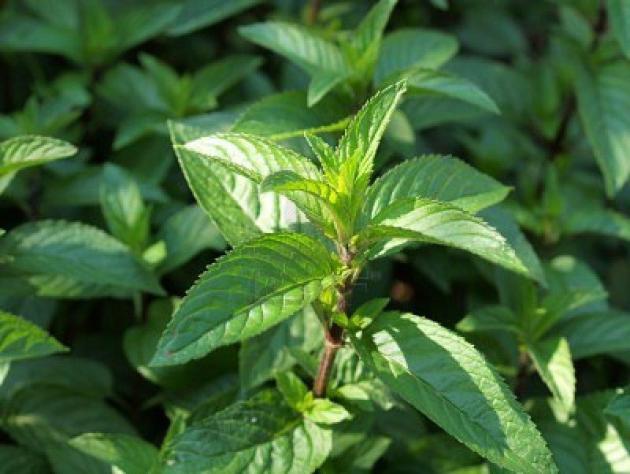

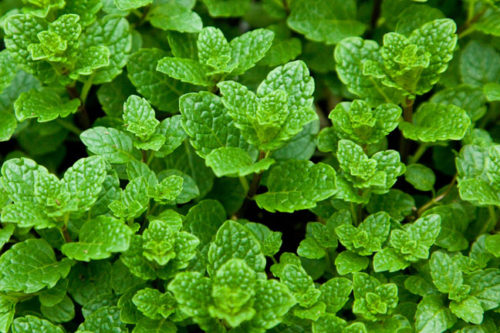
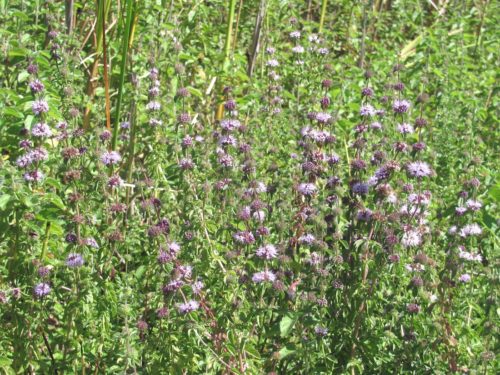
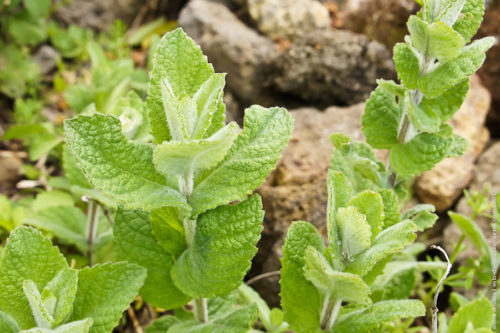
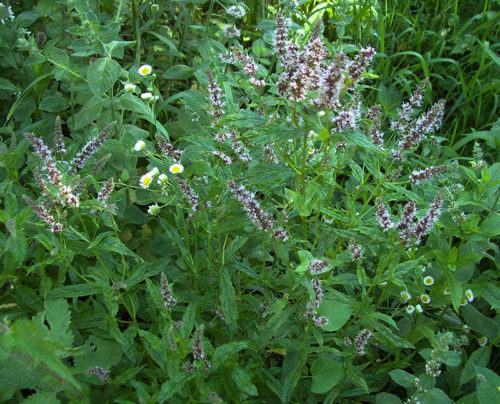
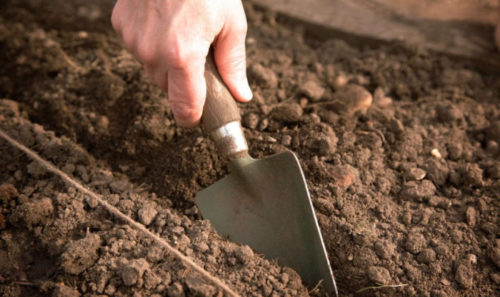
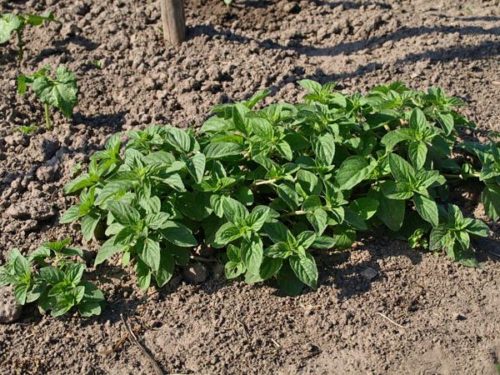
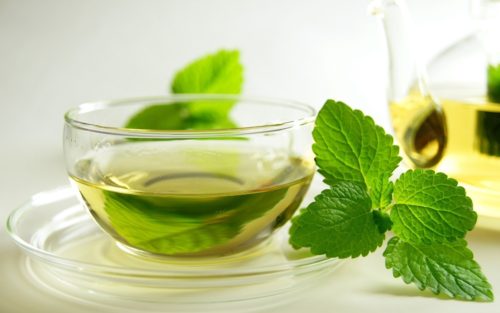
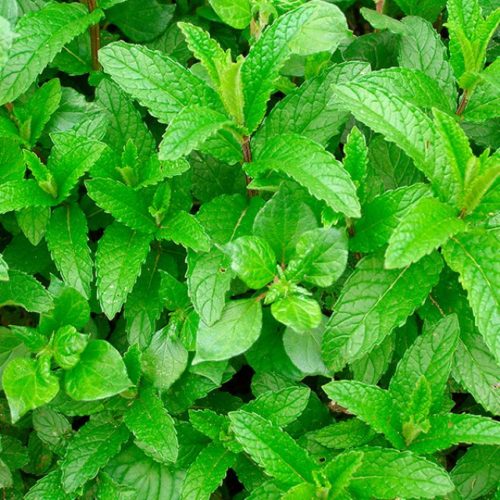
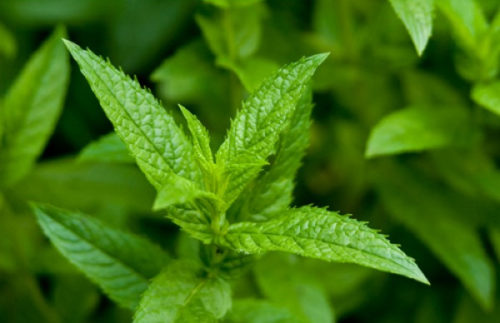
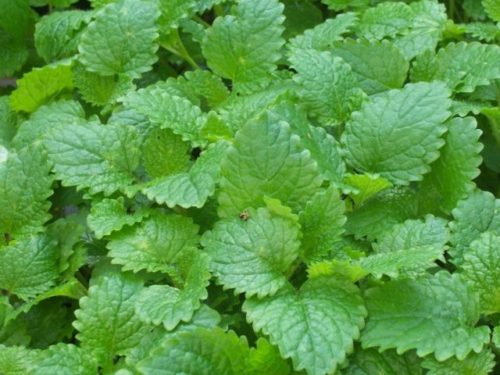












 Start a discussion ...
Start a discussion ...